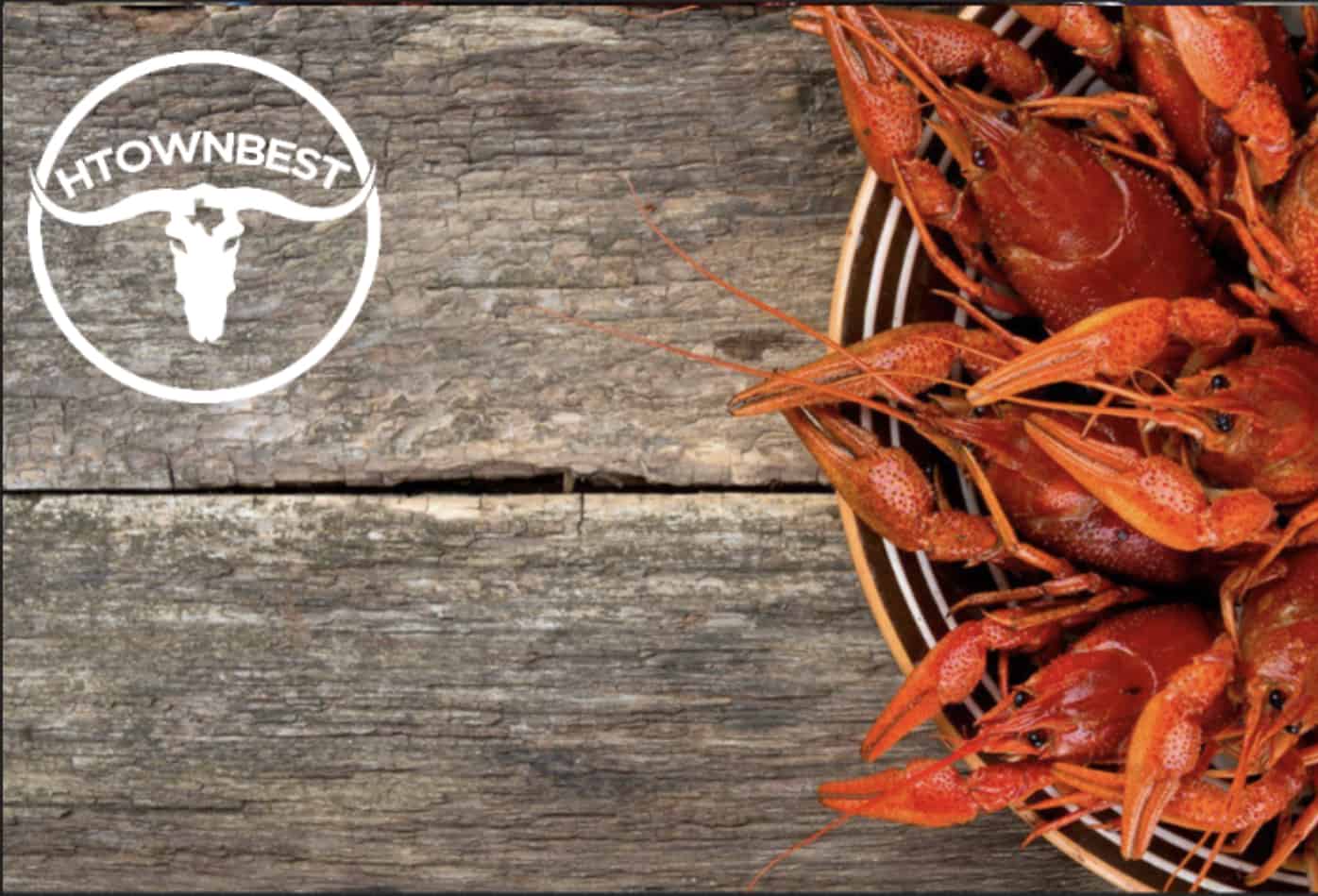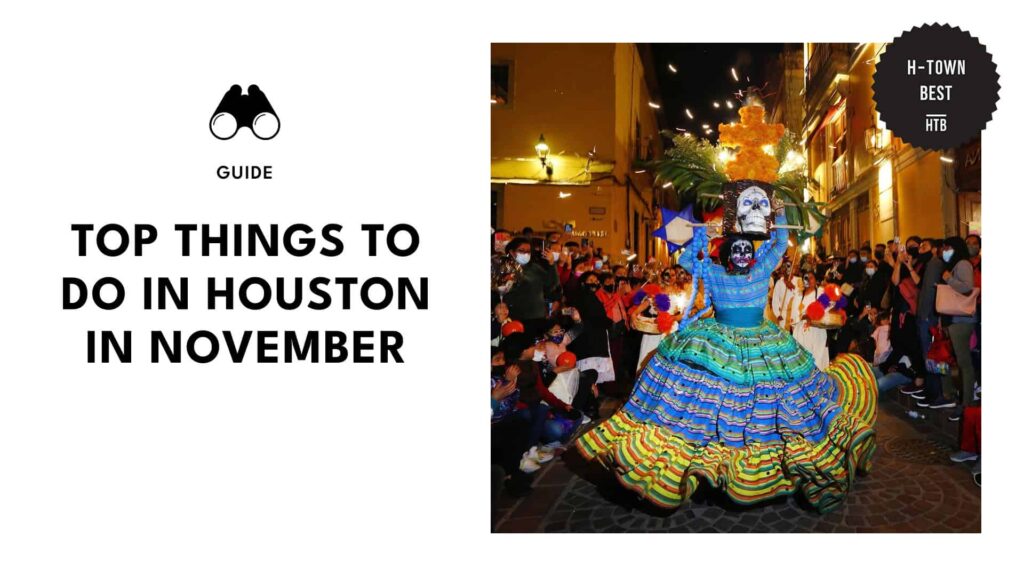Are you ready for crawfish season in Houston?

You’ve probably seen them on a seafood menu at an upscale steakhouse or an Italian restaurant before, but do you really know what crawfish are? Well, they’re not lobsters.
Known by many names—including crayfish, crawdads, and rock lobsters—crawfish are freshwater crustaceans that look like small lobsters.
Crawfish and lobsters are like hair salons and barber shops—related but different. Hence, it’s understandable that many people get confused.
Swamps, rivers, and lakes are all habitats of crawfish. In terms of commercial crawfish, the red swamp and white river crawfish are the most popular.
The crawfish resembles a small lobster in look and appearance, but its taste is entirely different, as is the taste of any other crustacean. While some crawfish are caught in the wild, most are farmed in ponds or rice fields.
Compared to lobster, their meat is sweet and somewhat fatty. The tail meat is the most tender due to its size.
It’s also worth sucking the fat off its head and body for some flavor.
Houstonians are definitely not strangers to crawfish. Many look forward to crawfish season in Houston because of all the delicious meals.
During crawfish season, you’ll scarcely see Houstonians choosing to eat at a taco truck over crawfish. So when is crawfish season?
When is crawfish season in Houston?

The traditional Houston crawfish season takes place in the spring. After all, spring is the best time to catch wild-caught crawfish.
To be specific, the months of March and April are the best times to catch crawfish.
Can crawfish season be affected by climate?
Yes. Crawfish season can be delayed or early depending on the climate.
There is a possibility of the season being delayed if the winter is cold. Whenever it’s too cold, most crawfish tend not to venture outdoors.
On the other hand, hot and early summers can shorten the season. Whenever it gets too hot outdoors, crawfish retreat to their mud burrows under the rice fields.
A lack of water can also affect crawfish: they will not reproduce or grow if there is a constant drought.
What should I know about crawfish farming?

Thanks to large-scale farming, it is possible to get crawfish from January to August.
Of course, this depends on different contributing factors. For example, the weather and the farmer operator.
Moreover, the temperature still plays a key role in determining whether there will be crawfish for the season. The farm has to be at the right temperature and the barometric pressure shouldn’t be fluctuating.
The goal of most crawfish farming operations is to create a stable life cycle for the crawfish to undergo and complete.
Because of these reasons, crawfish season lasts approximately half of the year. So if you order crawfish in October, it could be frozen from overseas and not fresh.
FAQs
When is the best time to buy crawfish?
Even though crawfish season can last past spring, the best time to buy crawfish remains in the springtime. Anytime from February to May, you’ll be able to receive fresh crawfish.
How long should I keep crawfish alive?
The longest you should keep crawfish that’s going to be cooked alive is for two days. Make sure you store the crawfish properly in the refrigerator to keep the crawfish from becoming rotten.
How do I know if the crawfish is cooked?
The shells and smell of the sea should be present in well-cooked crawfish! As far as color is concerned, it should be a nice bright red.
What can I eat crawfish with?
Crawfish is normally sauteed in butter and lemon and eaten on its own or with a side of vegetables. In Houston, crawfish is often found in stews, pasta, sandwiches, and gumbo.
What is a crawfish boil?
In a crawfish boil, seafood, such as crawfish, is boiled with potatoes, corn, Cajun seasoning, and other ingredients. Newspapers are usually spread on the table after preparation, and the entire boil is poured directly on top.





